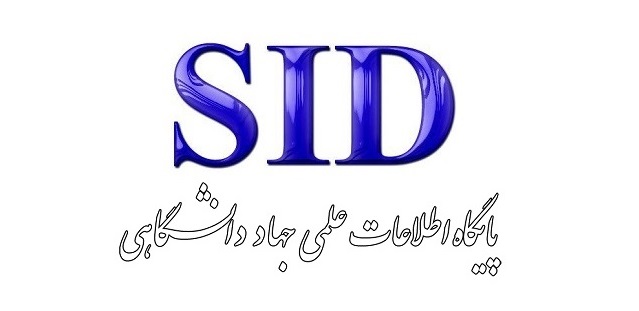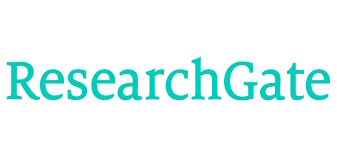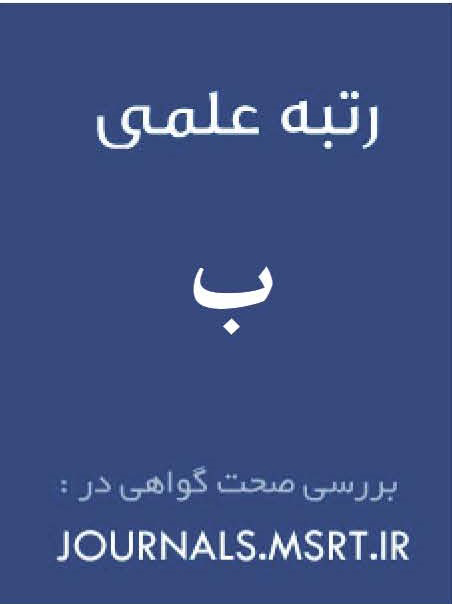Combating Child Sexual Slavery within the Framework of the Palermo Convention
Keywords:
Child sexual slavery, human trafficking, Palermo Convention, international human rights system, protection of victims, fight against organized crimeAbstract
Child sexual slavery constitutes one of the most severe forms of human rights violations and transnational organized crimes, which have been specifically addressed by the international human rights system and international criminal law instruments, particularly the United Nations Convention against Transnational Organized Crime and its supplementary Protocol to Prevent, Suppress and Punish Trafficking in Persons, Especially Women and Children. This article, using a descriptive-analytical approach, examines the legal dimensions of child sexual slavery within the international legal system and evaluates the effectiveness of the Palermo Convention's mechanisms in prevention, prosecution, and victim protection. The findings of this study indicate that the Palermo Convention, through its tripartite approach of prevention, protection, and punishment, provides a broad legal framework for international cooperation in combating child trafficking for sexual exploitation. However, challenges such as the weak enforcement of state obligations, lack of coherence between domestic and international legal systems, and issues related to victim identification and support have hindered the full realization of the Convention's objectives.
Downloads
References
Bales, K. (2012). Disposable People: New Slavery in the Global Economy. University of California Press.
Europol. (2021). Internet Organized Crime Threat Assessment.
Farrell, A., Owens, C., & McDevitt, J. (2019). New Laws but Few Cases: Understanding the Challenges to the Prosecution of Human Trafficking Cases. Crime, Law and Social Change.
Gallagher, A. (2010). The International Law of Human Trafficking. Cambridge University Press.
Ghasemi, V., Hosseini Moghaddam, A., & Habibi, J. (2024). The Role of the Welfare Organization in Reducing Sexual Abuse of Children in the Light of the Concept of Administrative Police.”. New Research in Administrative LawVL - 6(18), 145-171.
Hammond, G., & McGlone, M. (2014). Entry, Progression, Exit, and Service Provision for Survivors of Sex Trafficking: Implications for Effective Interventions. Global Social Welfare, 1(4), 157-168. https://doi.org/10.1007/s40609-014-0010-0
ILO. (2019). Ending Child Labour, Forced Labour and Human Trafficking. International Labour Organization.
Interpol. (2020). Human Trafficking and Smuggling of Migrants.
Kneebone, S., & Debeljak, J. (2012). Transnational Crime and Human Rights: Responses to Human Trafficking in the Greater Mekong Subregion. Abingdon: Routledge.
Lansdowne, R. (2016). Child Trafficking and International Law. Routledge.
Mantafourn, V. (2020). Commentary on the Convention on the Rights of the Child, Article 34: Sexual Exploitation and Sexual Abuse of Children. Tehran: Haftan Publishing.
Molabeygi, A., & Jafari, A. (2019). Legislative-Judicial Criminal Policy of Iran Regarding Sexual Crimes Against Children in the Light of International Documents.”. Journal of Criminal Law and Criminology Studies, 48(2), 257-274.
Ranjbarian, A. (2013). Seminar on Presenting the Findings of Four Studies: Report on Contemporary Forms of Slavery, Exploitation of Women and Children.”.
Rayejian Asli, M. (2007). Criminology, Lecture Notes for Undergraduate Law Courses.
Rayejian Asli, M. (2011). Victimology, Volume 1: Developments in Victimology and Criminal Sciences. Tehran: Shahr-e Danesh Legal Studies and Research Institute.
Raymond, J. G. (2002). The New UN Trafficking Protocol. Women’s Studies International Forum, 25(5). http://www.heartintl.net/HEART/030106/TheNewUNTrafficking.pdf
Shelley, L. (2010). Human Trafficking: A Global Perspective. Cambridge University Press.
UNICEF. (2017). Guidelines on the Protection of Child Victims of Trafficking.
United Nations. (2000). Protocol to Prevent, Suppress and Punish Trafficking in Persons, Especially Women and Children, supplementing the United Nations Convention against Transnational Organized Crime. https://www.unodc.org/documents/treaties/UNTOC/Publications/TOC%20Convention/TOCebook-e.pdf
UNODC. (2022). Legislative Guide to the United Nations Convention Against Transnational Organized Crime.
Weitzer, R. (2015). Human Trafficking and Contemporary Slavery. Annual Review of Sociology.










